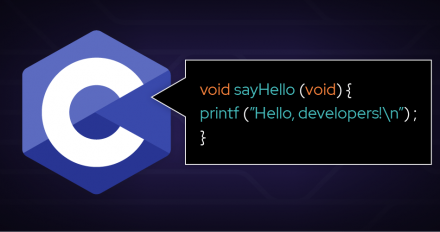Florian Weimer
Florian Weimer's contributions

Article
Accelerate glibc test development with the glibc-support repository
Florian Weimer
The glibc-support repository provides a convenient way to develop a wide range of tests for the GNU C library prior to upstream integration.

Article
Exploring x86-64-v3 for Red Hat Enterprise Linux 10
Florian Weimer
Red Hat is considering building Red Hat Enterprise Linux 10 for the x86-64-v3 microarchitecture level.

Article
Why we added restartable sequences support to glibc in RHEL 9
Florian Weimer
Learn how and why we added restartable sequences support to the GNU C Library in Red Hat Enterprise Linux 9.

Article
Why glibc 2.34 removed libpthread
Florian Weimer
Consolidation of libraries in the GNU C library, glibc, means more error-free builds, but there are consequences for developers and system administrators.

Article
Building Red Hat Enterprise Linux 9 for the x86-64-v2 microarchitecture level
Florian Weimer
Find out why Red Hat recommends building Red Hat Enterprise Linux 9 for x86-64-v2 and what you can expect from this new, optional microarchitecture level.

Article
Guidelines for instruction encoding in the NOP space
Florian Weimer
Instructions in the NOP space are an attractive way to provide new performance and security features; we show how to use them effectively.

Article
How C array sizes become part of the binary interface of a library
Florian Weimer
We explain how C array sizes become part of the binary interface of a library and examine ways to avoid ABI compatibility issues.

Article
How Red Hat developers can create handy shortcuts with Firefox keyword bookmarks
Florian Weimer
Keyword bookmarks turn the Firefox URL bar into a mini-command line, giving you direct access to bug reports, CVEs, RFCs, or anything with an ID and a URL.

Accelerate glibc test development with the glibc-support repository
The glibc-support repository provides a convenient way to develop a wide range of tests for the GNU C library prior to upstream integration.

Exploring x86-64-v3 for Red Hat Enterprise Linux 10
Red Hat is considering building Red Hat Enterprise Linux 10 for the x86-64-v3 microarchitecture level.

Why we added restartable sequences support to glibc in RHEL 9
Learn how and why we added restartable sequences support to the GNU C Library in Red Hat Enterprise Linux 9.

Why glibc 2.34 removed libpthread
Consolidation of libraries in the GNU C library, glibc, means more error-free builds, but there are consequences for developers and system administrators.

Building Red Hat Enterprise Linux 9 for the x86-64-v2 microarchitecture level
Find out why Red Hat recommends building Red Hat Enterprise Linux 9 for x86-64-v2 and what you can expect from this new, optional microarchitecture level.

Guidelines for instruction encoding in the NOP space
Instructions in the NOP space are an attractive way to provide new performance and security features; we show how to use them effectively.

How C array sizes become part of the binary interface of a library
We explain how C array sizes become part of the binary interface of a library and examine ways to avoid ABI compatibility issues.

How Red Hat developers can create handy shortcuts with Firefox keyword bookmarks
Keyword bookmarks turn the Firefox URL bar into a mini-command line, giving you direct access to bug reports, CVEs, RFCs, or anything with an ID and a URL.
